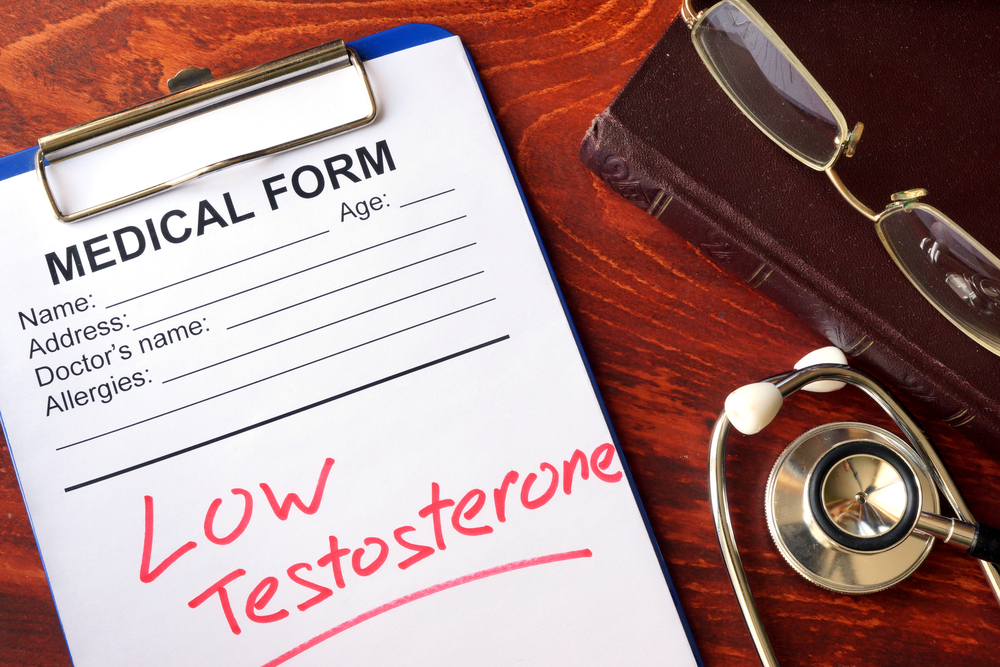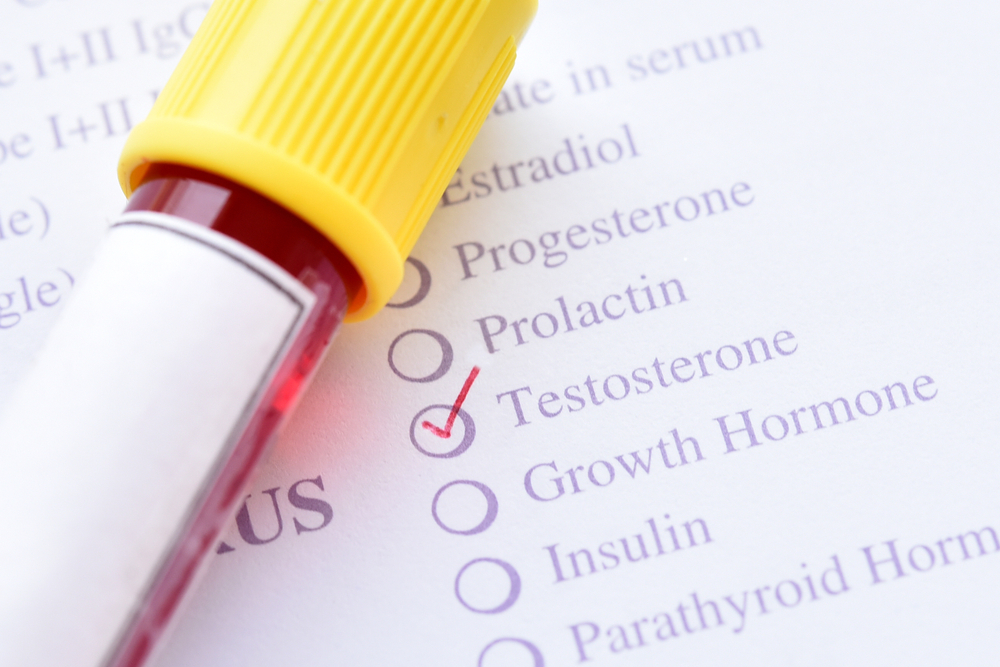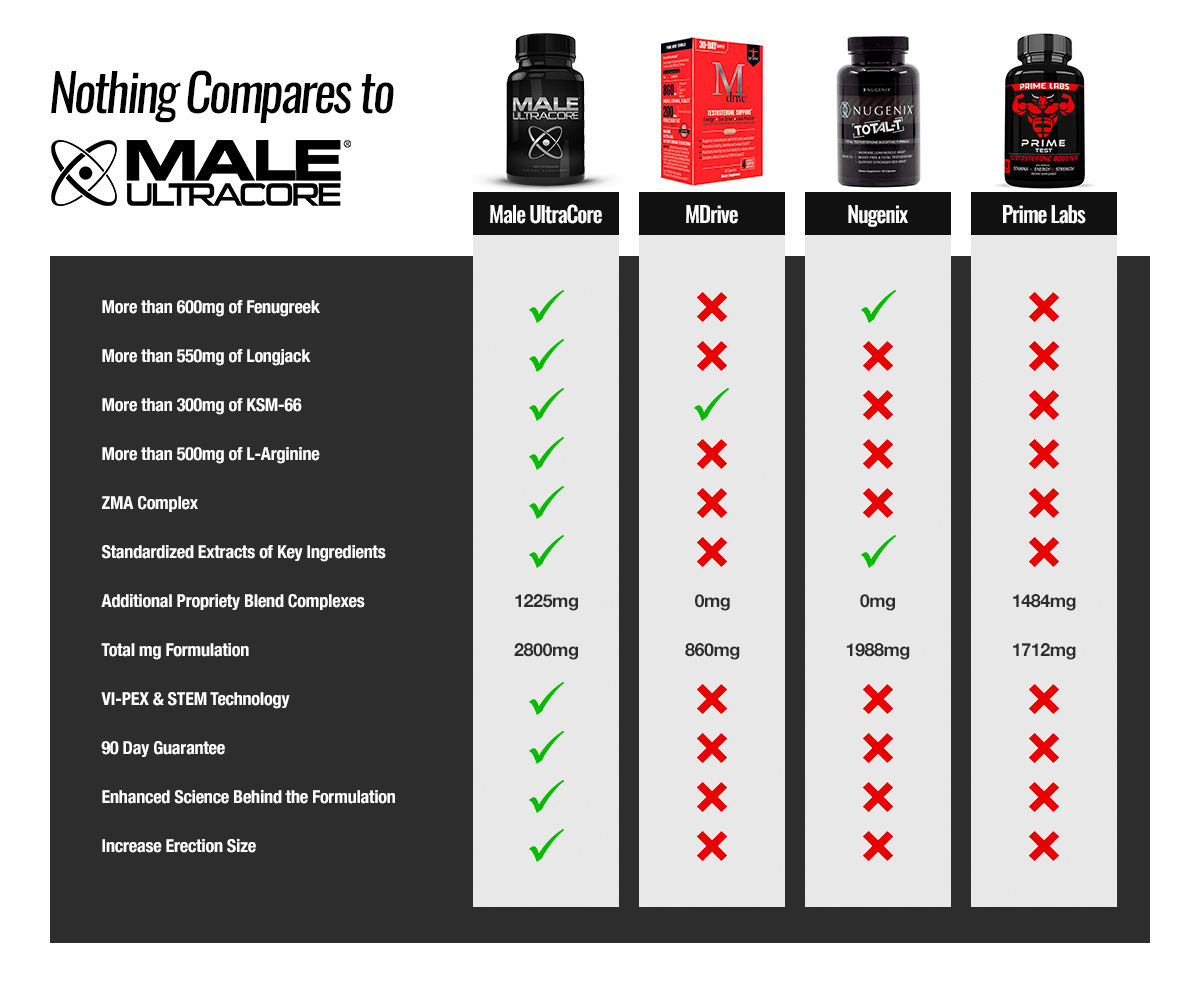Produced by the Leydig cells present in testicles, testosterone is a male sex hormone that regulates a number of important body functions. Some important attributes in males, such as body shape, size, and strength, are mainly regulated by this hormone. Testosterone is not exclusive to men; it is also produced in female bodies in small amounts. It is the men, however, who need this hormone to be produced in optimal amounts in order to have normal day to day functions and for the proper building of body muscles and other body functions.
If testosterone production strays from the normal going above or below the required range, the body gets affected in several ways. Because this hormone is essential and if out of range, the effects can be dangerous, there is a dire need to keep a proper check on your testosterone levels and if need be, devise a proper therapy plan for it.
Why is there a need to keep a proper and regular check of your testosterone levels?
In women, high amounts of testosterone will lead to abnormal changes in body shape, male pattern baldness, growth of hair on the face and other body parts, and a deep voice tone. Women with higher than normal testosterone levels may also suffer from infertility.
In men, the hormone has more importance than women. Testosterone is a vital hormone in male bodies. Consequently, both low and high hormone levels produce the most unwanted outcomes in the body.
1. High levels of testosterone
If this hormone is produced in large amounts in the body, it will trigger early puberty in boys before the age of 9. Although this condition is rare, it can produce a lot of complications when it happens. Higher testosterone levels are also linked to prostate gland cancer.
2. Low levels of testosterone

On the other hand, a low level of testosterone, a condition referred to as “hypogonadism” is more commonly seen and much more serious. Hypogonadism or low levels of testosterone may produce a number of unwanted effects such as infertility, the shrinkage of testes, erectile dysfunction, a lowered volume of ejaculation, decreased libido, loss of facial and body hair, enhanced body fat production, decreased muscle building, lethargy, fatigue, weak bones, lower red blood cell count, lower sperm count and many other effects.
Hypogonadism can be caused by injury to the testes, infection of the testicular cells, certain types of medication, obesity, and other factors that affect the normal functions of the organs or tissues that produce testosterone. More than 60% of people aged 60 and above suffer from this condition. It affects 4 to 5 million people in the United States, and though more common in older men, it can happen to anyone at any age.
Due to all of the above reasons, there is a need to keep a proper check and balance on your testosterone levels so that you can take timely reactions and seek treatment if you find any irregularity in your test results.
When to take the test and how often?
It’s a scientific fact that age is directly related to the production rate of testosterone. The normal range of testosterone in adult males is between 270-1070ng/dl at an average of 680ng/dl. The levels are at their highest when a person is of age 20 years. After that, they start to decrease with age.
As a person becomes older, the amount of testosterone decreases in the body, and the signs and symptoms of hypogonadism start to appear. At this point, the patient starts suffering from baldness, fatigue, impotence, lethargy, and weakness in bones and muscles.
According to New York Times, doctors often suggest that men who are suffering from erectile dysfunction should undergo a testosterone test from 8 am to 11 am because after this period, the testosterone level is usually high. But according to MDedge, early morning testosterone tests are applicable only for men who are below 45 years old. On the other hand, it is acceptable to take a testosterone test for men who are 45 years and older before 2 pm. If you are experiencing symptoms such as inability to achieve an erection, decreased sex drive, and overall tiredness, you may get a testosterone check. This is the time to get blood levels of testosterone checked.
The test is pretty straightforward, you will be asked to provide a fresh blood sample, and it will be directed to a laboratory where it will be analyzed for both bound and unbound testosterone. The ideal time to be tested is early in the morning because that is the time when the testosterone levels are the highest in the body. After this, testosterone levels start to decrease and reaching their lowest levels around the afternoon and maintaining these levels for the rest of the day. The doctor may ask you to take the test multiple times, just to be sure. According to Healthline, repeat testing may be required in order to track changes in your hormone throughout the day. Remember that hormone levels vary from time to time.
If Normal

If the results come out to be fine and the testosterone levels are within the normal range (more than 300ng/dl), then you have nothing to worry about. You have will still need to be aware of the signs and symptoms and seek treatment for them, but you won’t have to go through the test again. Keep in mind that taking the test once every 6 months after the age of 60 years or 70 years a safe practice for the sake of your health. Remember that low testosterone level is usually experienced during these ages, according to Healthline.
If Abnormal
If the results are not within the normal range (less than 300ng/dl), you need to seek treatment. There are many treatment plans for hypogonadism. Even with treatment, it takes some time for testosterone levels to return to normal, and your doctor may advise you to take the test from time to time during this period. It is important to follow your doctor’s instructions and take the test as many times as deems necessary in order for your doctor to be able to monitor your progress.
Conclusion
The sign and symptoms of low hypogonadism are sometimes overlooked. However, it is essential to be aware of the changes in your body and to seek professional advice if you start exhibiting symptoms of this condition. The testosterone level test is not in any way more challenging than a regular blood test, all you need to do is have a blood sample taken, and the laboratory will take care of the rest. Follow the treatment plan provided by your physician and voice any questions or concerns you may have. After all, your health should be your priority.
Increase Your Testosterone Levels with Testosterone Boosters
Male UltraCore is a premium testosterone boosting supplement that is designed to maximize test levels, increase your performance and drive, and give you harder and fuller erections. 





